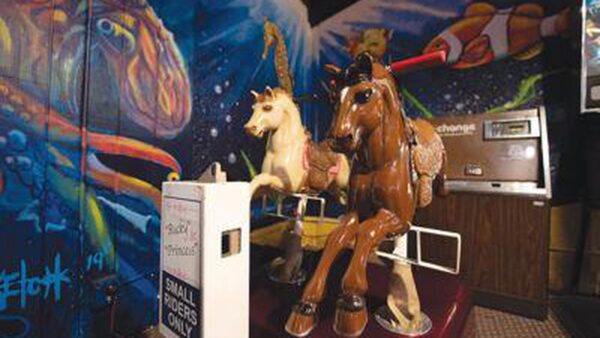
It is not uncommon for scientists to collect fossils and other interests only for items to be left without investing for many years. This is exactly what has happened to a unique and extremely well preserved beetle fossil exposed to the Museum of Nature and Denver Science for decades. Despite the fossil being exposed for years, it was only reviewed recently and determined to be a new species of beetles in Frog.
The fossil is exposed in the museum’s prehistoric travel exhibition since the exhibition opened in 1995. It was discovered in the formation of the Green River in Garfield County, Colorado. The fossilized beetle was Alive 49 million years ago and is so well retained that you can see the models on its wing envelopes. The researchers have nicknamed the newly discovered species “Pulchritdo Attentionaghi” or “The beauty of the custodity”.
The beetle has been named in honor of Sir David Taisborough. It is rare to have such an incredibly well preserved beetle in the fossil folder. Although they are robust when alive, they are not easily fossilized as an entire beetle. When the beetles die on the water, they float. Finally, they run down, reaching the sediments, where they are distinguished often.
Scientists generally find a single wing case in the fossil file. However, some deposits with fine-grained sediments are particularly good at the preservation of beetles, which often causes almost complete fossils. The deposits of this type are known as Lagrerstätten and the formation of the Eocene Green River located in northwestern Colorado, where the specimen has been found, is one of them.
The researchers note that the identification of the species of beetle was a challenge. It has been labeled as a Longhorn beetle in the display of exposure but had features that did not fit. The researchers finally say that the culopteric legs are what gave his identity as a beetle of frog leaves.






